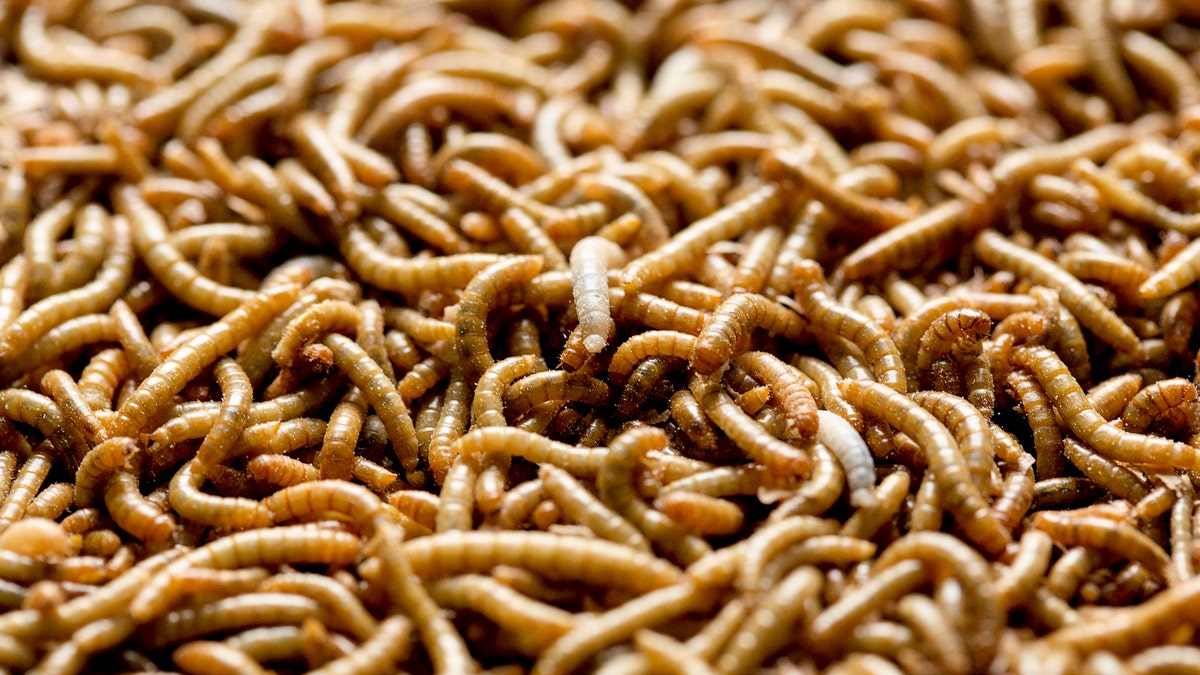
File photo: Mealworms used for human consumption are seen at the Kreca breeding facility in Ermelo April 4, 2014. (REUTERS/Michael Kooren)
If space travel wasn't hard enough, imagine trying to do it with two heads.
A flatworm sent to the International Space Station aboard a SpaceX rocket in 2015 as part of a biological study grew a second head after the first one had been partially amputated before launch.
Flatworms are often sent into space because of their regenerative capabilities, but this particular one (there were both whole and amputated worms sent into space) was able to grow a second head.
HERE'S WHY ASTRONAUTS BAKING BREAD IN SPACE IS A BIG DEAL
Researchers at Tufts University, who are running the study, said this is the first time they've ever seen this in 18 years, according to tech news website CNET.
"As humans transition toward becoming a space-faring species, it is important that we deduce the impact of space flight on regenerative health for the sake of medicine and the future of space laboratory research," said Junji Morokuma, lead author of the study, in a statement obtained by CNET.
Though a two-headed worm is rare, what happened afterwards is downright bizzare.
After the two-headed worm had both of its heads removed by researchers, the middle section grew two heads as well.
In addition to the two-headed worm, the other worms who were in space did other things not seen on Earth, including splitting into two spontaneously. The study will be detailed in its entirety in the journal Regeneration.
